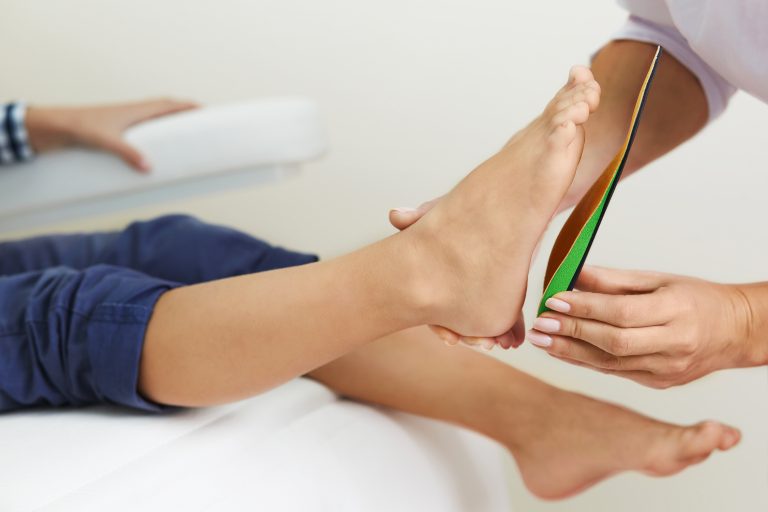Choosing a 3D foot orthosis can be challenging because there are a variety of options available depending on the pathology being treated and the manufacturing process. Therefore, it is important to be familiar with the various models on the market in order to provide the patient with the support that is customized for their foot and lifestyle.
There is a foot orthosis for every need
Accommodating orthoses
Thanks to accommodating foot orthoses, the pressure placed on the foot is cushioned and relieved, improving weight distribution, providing moderate control, and enhancing comfort while standing or walking. Patients with osteoarthritis, arthritis, or diabetes have frequently been prescribed these orthoses. Typically soft and flexible materials are used to make them. As a result of 3D digitization, we are able to get a precise impression from which we then fashion a uniquely tailored support system.
Functional orthoses
To help the body move more efficiently, functional foot orthoses are made to realign the foot in a more optimal position. They are advised for the treatment of a variety of ailments affecting the lower limbs and feet. In addition to treating chronic injuries like tendonitis, bursitis, sprains, fractures, etc., they can also manage other issues like corns, calluses, hallux valgus, flat feet, or plantar fasciitis. The materials used for functional orthoses range from semi-rigid to rigid.
Therapeutic orthoses
In cases of deformity (flat feet, cavus feet, hallux valgus, etc.), therapeutic foot orthoses are very helpful because they help in regaining the foot’s balance by offering the best support for the heel and arch. For these orthoses, the 3D impression is beneficial because of its extreme precision, which allows us to design supports that are completely moulded to the patient’s foot and adapted to their particular needs.
Sports orthoses
The sports foot orthoses, as their name implies, are made to support the patient’s foot during physical activity effectively while also maximizing sports performance. The materials used in its construction are intended to help the foot move forward and absorb impacts while limiting humidity.
The various kinds of orthoses
H3 — Prefabricated plantar orthoses
Self-service plantar orthoses of this type are offered in some sporting goods stores, pharmacies, and supermarkets. These models are the least accurate because they are made using a standard shape and are not customized for each patient’s foot. They are, therefore, better suited for those who have minor foot issues.
Custom-made foot orthoses
This type of plantar orthosis is prescribed by the podiatrist after taking measurements and moulding and is meant for patients with specific conditions and biomechanical disorders. It has the advantage of moulding to the shape of the wearer’s foot, relieving and fixing the issue in a particularly targeted way.
3D-printed foot orthoses
This is a unique custom orthosis because the patient’s foot was digitally captured to create it. We can get the most precise orthoses on the market thanks to this sophisticated process. Compared to conventional custom models, they are more comfortable and efficient because they are completely moulded to the patient’s foot.
Time for adaptation based on the type of orthoses
Foot orthoses typically take one to two weeks to adapt to, though this time may change depending on the individual case and degree of adjustment. To regain its balance, the body must adjust to these new supports. This is why it is necessary to introduce new orthoses, including 3D models, gradually.
Choosing the right type of foot orthoses for your patients
Because every patient is unique, it is crucial to select orthoses that are tailored to each person’s specific needs in order for the treatment to be successful. Due to their accuracy and superior quality, which allow them to accommodate each person’s particular requirements, 3D models continue to be the most suitable option. Get in touch with Talaria’s team to find out more about the benefits of 3D-printed orthoses.
